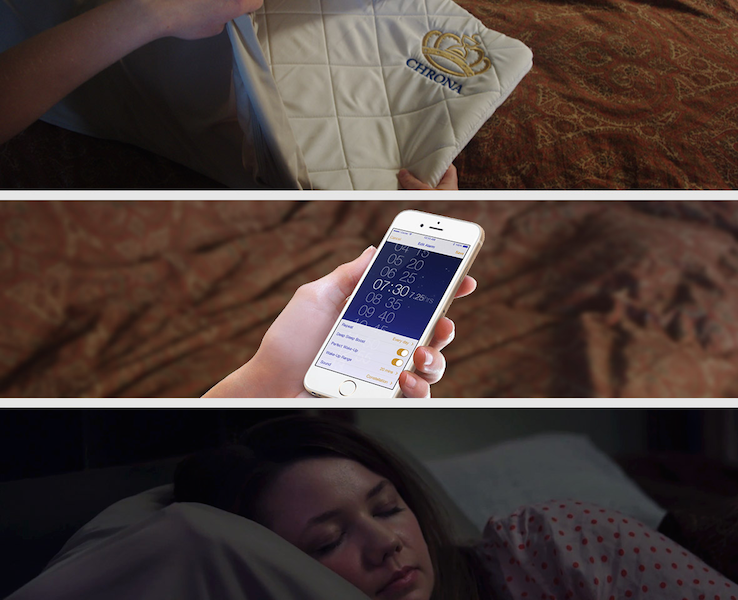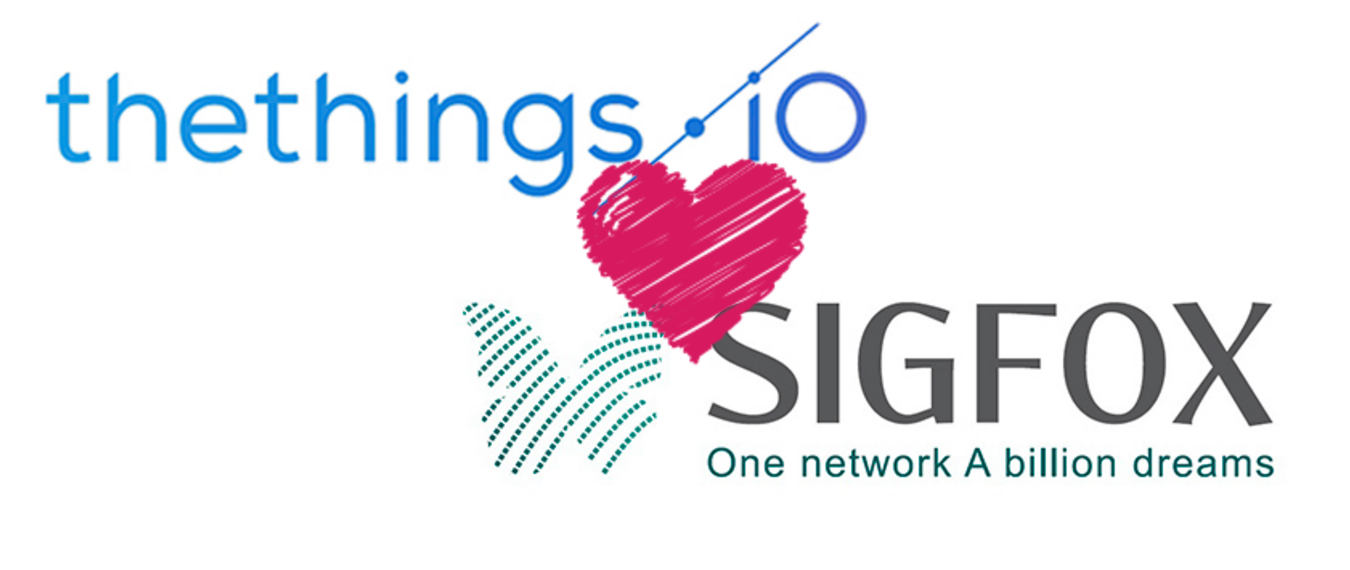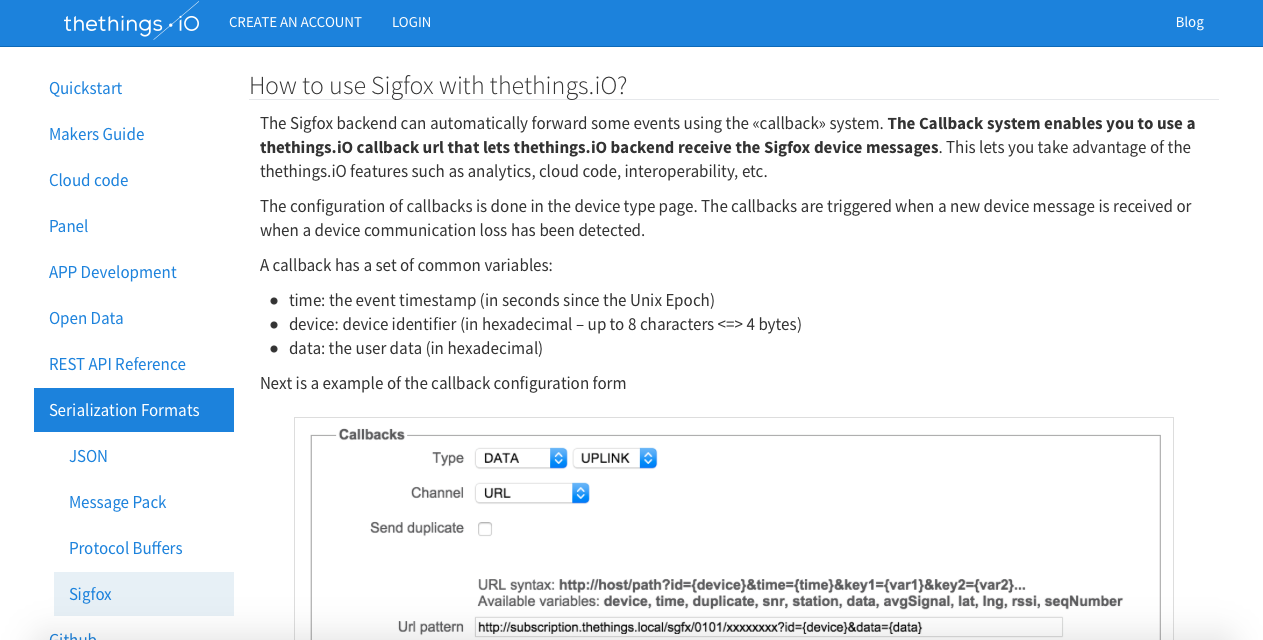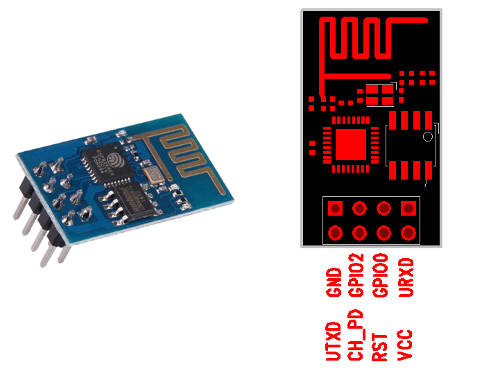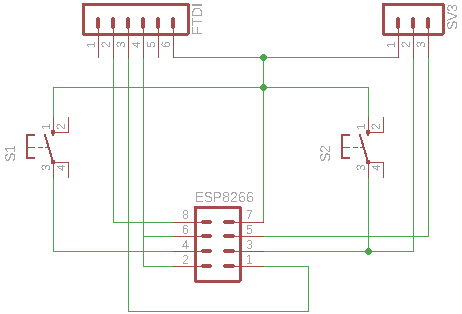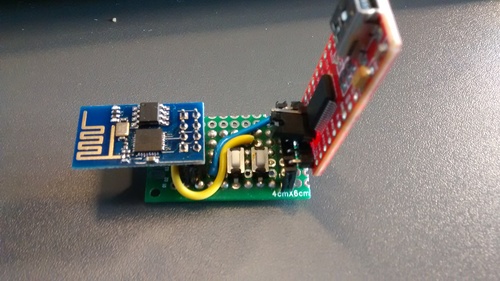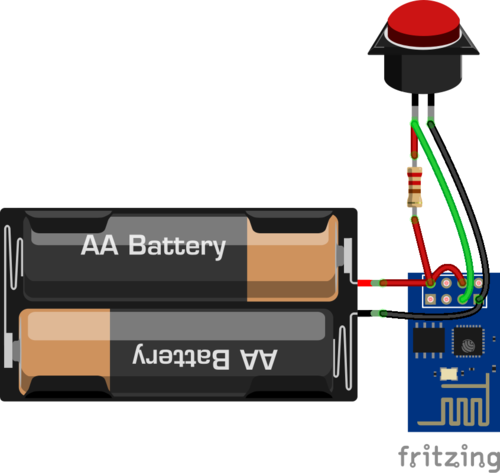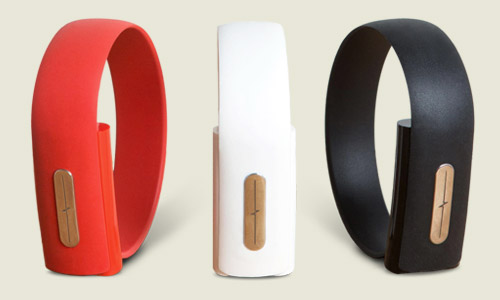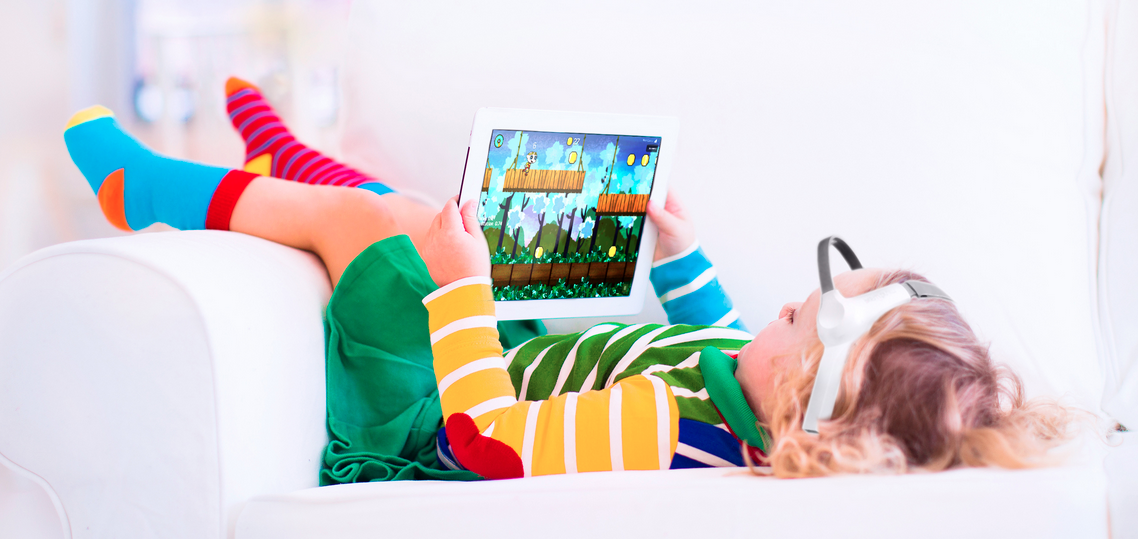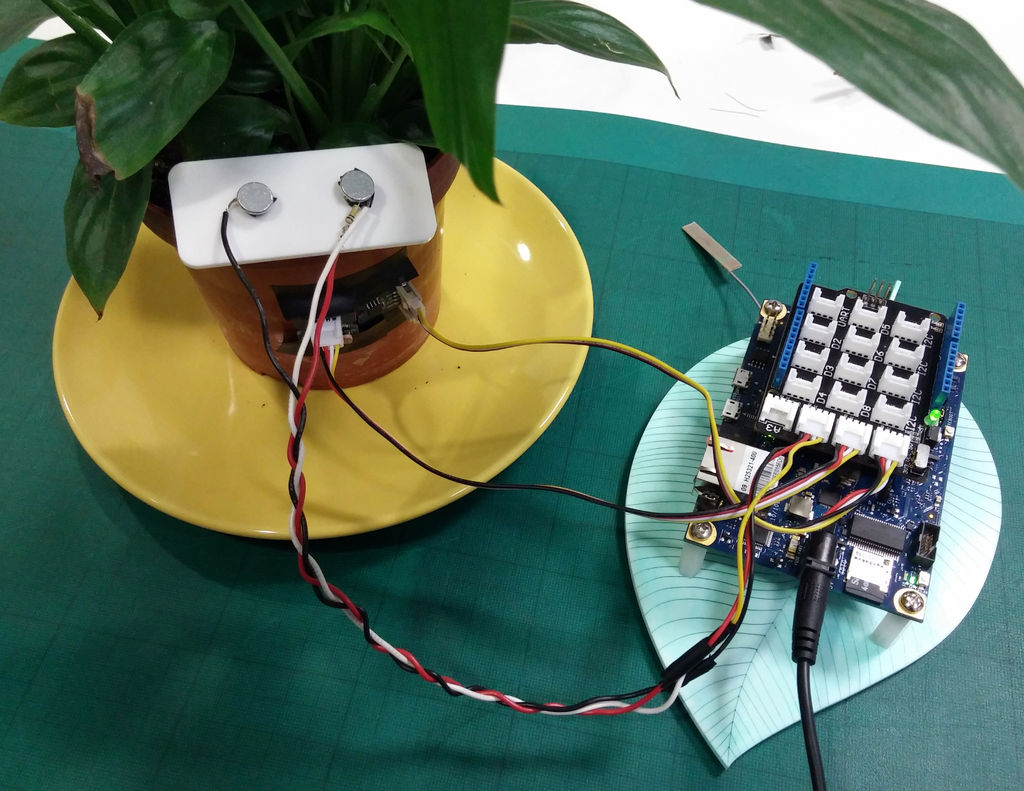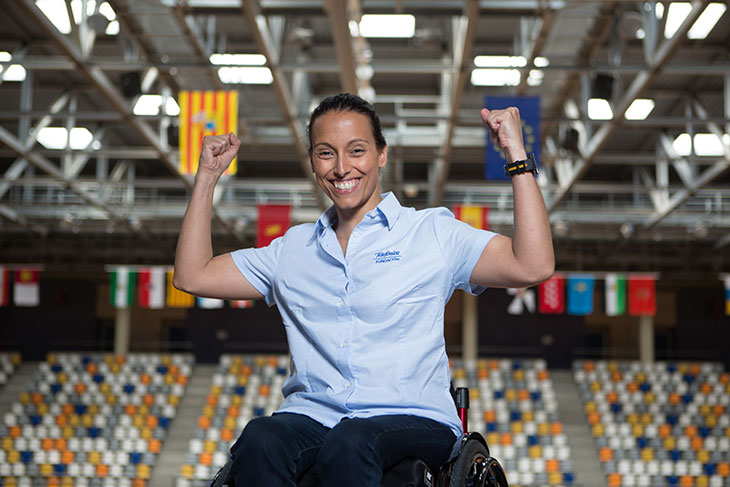Traveling made easy with IoT

Traveling can either be a terrible or an amazing experience. While some things like a turbulent flight or first class can’t be fixed by IoT, IoT can help make other parts of traveling so much simpler. Whether you’re a regular traveler racking up miles or only traveling for a family wedding every now and then, IoT can offer you ease of mind while traveling.
All jet-setters have experienced that sick feeling in their stomach when they stand at the luggage pickup for what seems like an eternity with no sign of their luggage. After realizing their luggage most likely won’t be coming, they can’t help but wonder where in the world it has traveled to. However, there is a way to make this dilemma go a bit more smoothly with a thing called Trakdot.
Trakdot is an IoT product that allows you to track your luggage from the convenience of your handheld after placing the Trakdot device inside your checked bag(s). Trakdot employs newly patented micro-electronics and ground-base cellular telephone technologies to track and report.
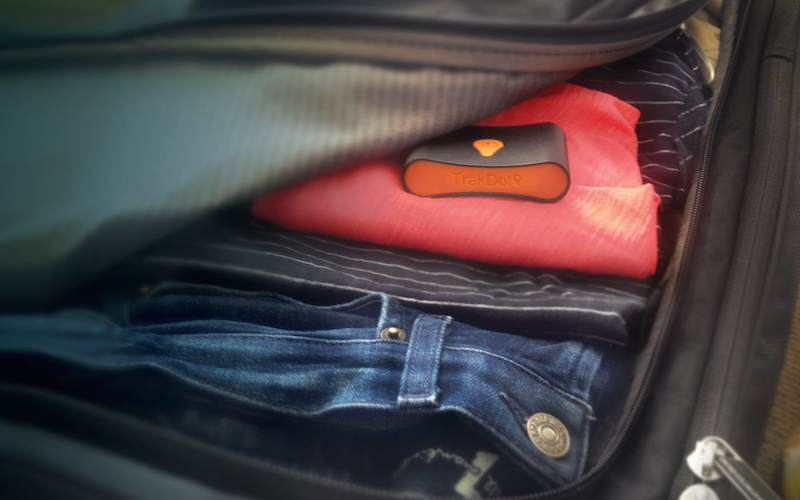
When in luggage and in an airplane cargo hold, Trakdot’s patented technology shuts off its transmit-and-receive capability, and enters “airplane mode.” Once back on the ground, the same technology “awakens” Trakdot and employs the local cellular network to notify the Trakdot owner.
Trakdot has gotten exceptional reviews that highlight the convenience and punctuality of the product. One satisfied customer stated, “Received emails and SMS on my phone within 10 minutes of landing. By the time I am on the gate I know where my bag is. And still after 28 hours of continuous usage battery level was still good” and another said, “Great product and app, I use my Trakdot every time I fly. Knowing my suitcase is in the same country as I am gives me a lot of comfort.” Another customer whose luggage never left the original airport of departure commented, “I received notification from the Trakdot inside the missing bag a few moments before the clerk called to tell me the bag had arrived and that it was being delivered to my hotel. Thanks Trakdot!”
Trakdot is perfect for individuals who travel constantly for work or simply travel for pleasure. This will make all trips a bit easier and less stressful by keeping you up to date on your luggage location. Trakdot can help you have peace of mind while you fly.
If you’re looking for the full IoT package when it comes to luggage, Blue Smart is the IoT product for you. Blue smart is a much needed update in the luggage industry that has a laundry list of attributes from digital locks to proximity sensors. The digital lock allows you to lock the suitcase from an app on your phone, and in conjunction with the proximity sensors the suitcase will automatically lock if the distance between yourself and the suitcase is too large. After automatically locking you will get a notification on the app alerting you that you may have left your luggage behind somewhere. Since, the suitcase also comes with location tracking you can easily find your luggage if you left it over by the Starbucks line or when you’re waiting at baggage claim.
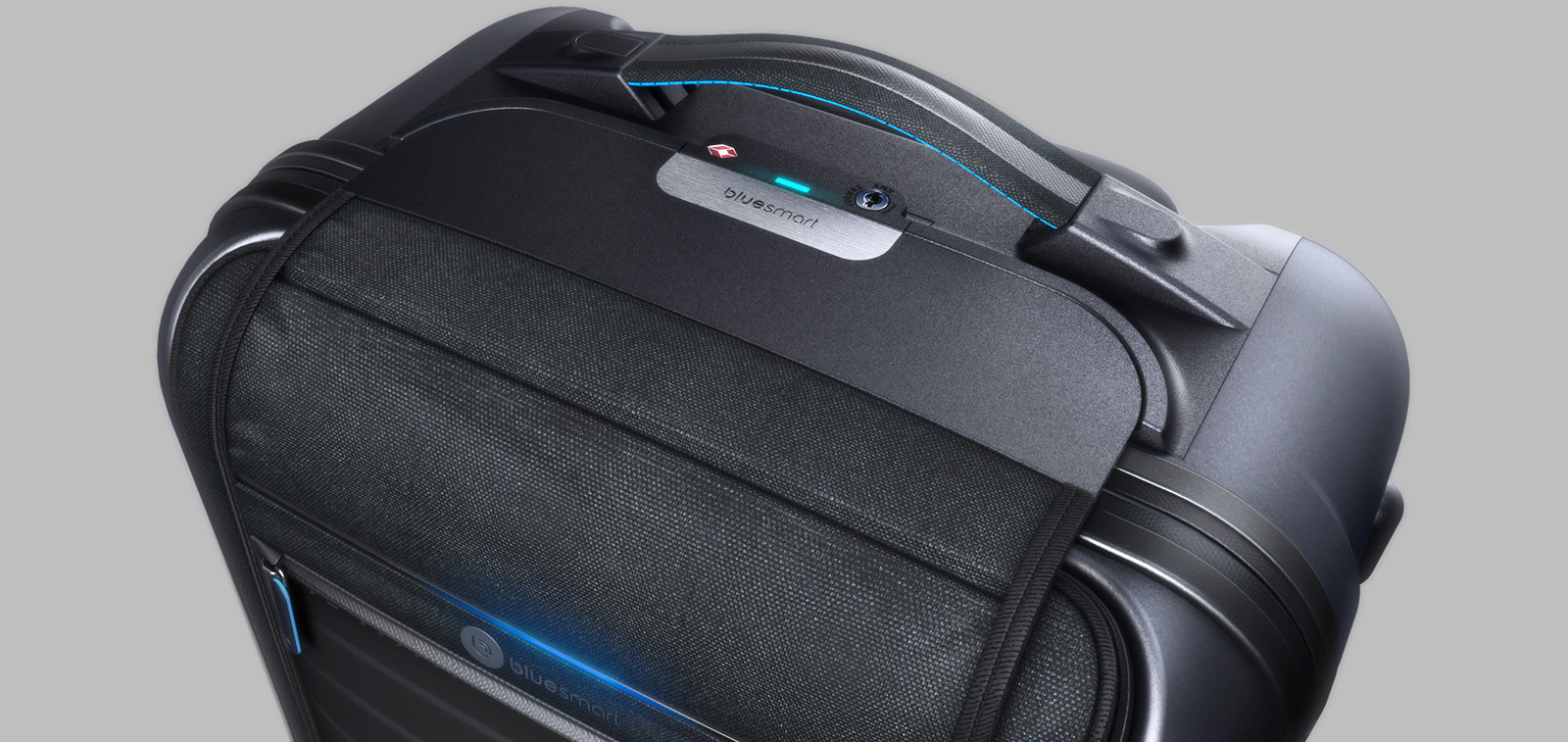
Blue Smart’s design is also travel-friendly. The suitcase allows for easy access to a pocket to store all of your electronics. No more holding up the line at security trying to unzip and pull out your electronics for the X-ray machine! Once you get through security you can feel free to use as many devices for as long as you want, because the suitcase also comes equipped with a built-in battery charging space that can charge your iPhone to 100% six times! This will definitely come in handy if you have long layovers, and don’t want to fight people for outlets.
Blue Smart also makes traveling easier before you even get to the airport. The suitcase comes equipped with a digital scale. All one has to do is lift the suitcase with the top handle and the weight of the suitcase is sent to the app. Now you never have to worry about overpacking if you plan on checking your suitcase. Additionally, the suitcase and apps can sync to other travel apps and give suggestions on how and what to pack. Basically, it’s one of the coolest suitcases out there and a personal travel assistant all rolled into one.
Smart luggage is gaining popularity, and therefore consumers like us have more options for smart luggage! Another option when it comes to smart luggage is the Trunkster. Like the Blue Smart it has a built-in scale, location tracking, and USB charging. One thing that makes Trunkster different from Blue Smart is that the suitcase has zipperless entry. The suitcase has sliding roll top door that allows for better protection against theft and more durable than zippers. The Trunkster comes in a carry-on and checked bag size.
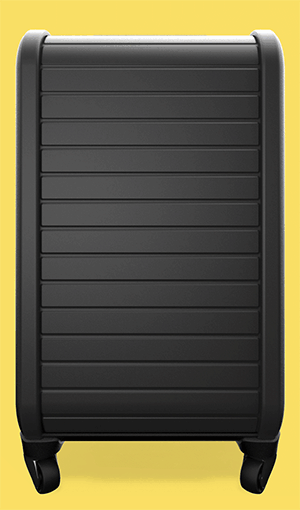
IoT is making traveling a lot less worrisome. Now we can just make sure we get to our plane on time. As IoT develops, traveling will only get more and more stress free for jet-setters and first time flyers alike. Here at Things.IO we can help travelers by helping you. We are a Cloud solution for companies that want to build cool new things and connect them to the internet. If you have a product that could improve traveling or other sectors by connecting it to the internet, make an account here or contact us here.



